Results
-
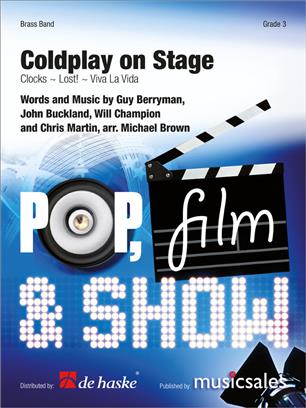 £69.99
£69.99Coldplay on Stage (Brass Band - Score and Parts)
Catchy melodies and distinctive rhythmic grooves characterize the music of this contemporary rock group. Including their hits Clocks, Lost! and Viva la Vida, here is a great sounding medley for the concert stage.
Estimated dispatch 7-14 working days
-
£8.95
Diversions on Gwahoddiad
This intermediate piece celebrates the lyrical side of tenor horn as well the virtuosic technical ability of many of today's leading horn players, all through exploring Jon Roberts beautiful Welsh hymn tune, Gwahoddiad.
Estimated dispatch 7-14 working days
-
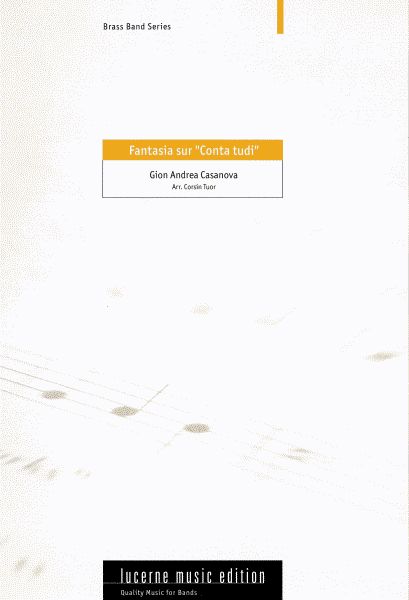 £45.50
£45.50Fantasia sur "Conta tudi" (Fantay on Sing all the Time)
A fantasy paying homoage to a childs life which features carefree almost childlike melodies in a declatration of the belief in life, a hymn of praise to our creator.
Estimated dispatch 7-14 working days
-
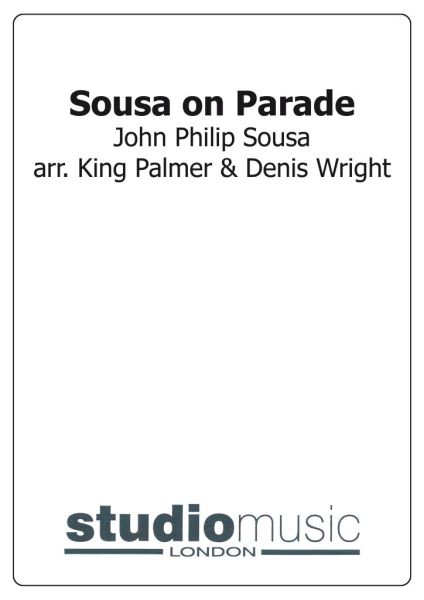 £39.95
£39.95Sousa on Parade
Includes: The High School Cadets; Semper Fidelis; Manhattan Beach; Liberty Bell; Washington Post; The Belle of Chicago.
Estimated dispatch 7-14 working days
-
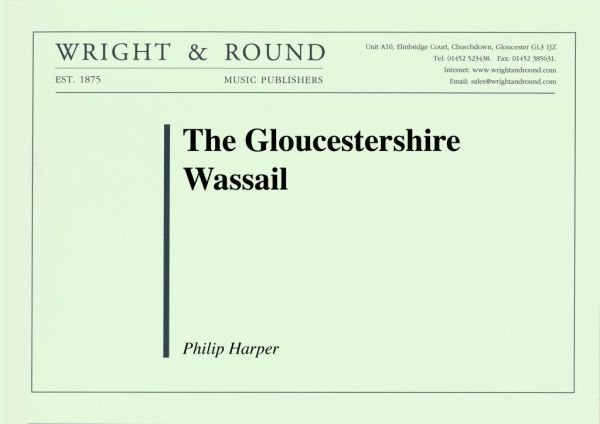 £33.00
£33.00The Gloucestershire Wassail (Score and Parts)
A superb, choreographed opener to a concert. In traditional wassail fashion small groups of musicians play in various part of the hall eventually congregating as a full band on stage in a magnificent finale. Playable by most levels of bands with competent cornet sections.
Estimated dispatch 7-14 working days
-
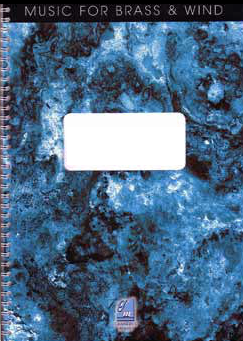 £54.95
£54.95DANCING IN THE PARK - Peter Graham
Additional Score: 24.95Variations on I Dreamt I Dwelt in Marble Halls. Set as a NationalFinals Test-Piece, 3rd Section.
Estimated dispatch 3-7 working days
-
 £29.95
£29.95FANFARE PRELUDE ON KILMARNOCK - Peter Graham
A concert opener, the 25thanniversary of Kilmarnock Concert Brass.
Estimated dispatch 3-7 working days
-
£81.00
Fanfare for on occasion (Bra) - Morten J. Wallin
'Fanfare for an Occasion' was composed as an entry to the 'International Brass Band Composer Competition 2020' organized by Andrew Wainwright. Adjudicators were James Curnow, Dr. Liz Lane and Paul Hindmarsh. There were some 92 entries and Fanfare for an Occasion was awarded 2nd place. It has since been revised and scored for Concert Band and Fanfare Band.
Estimated dispatch 7-14 working days
-
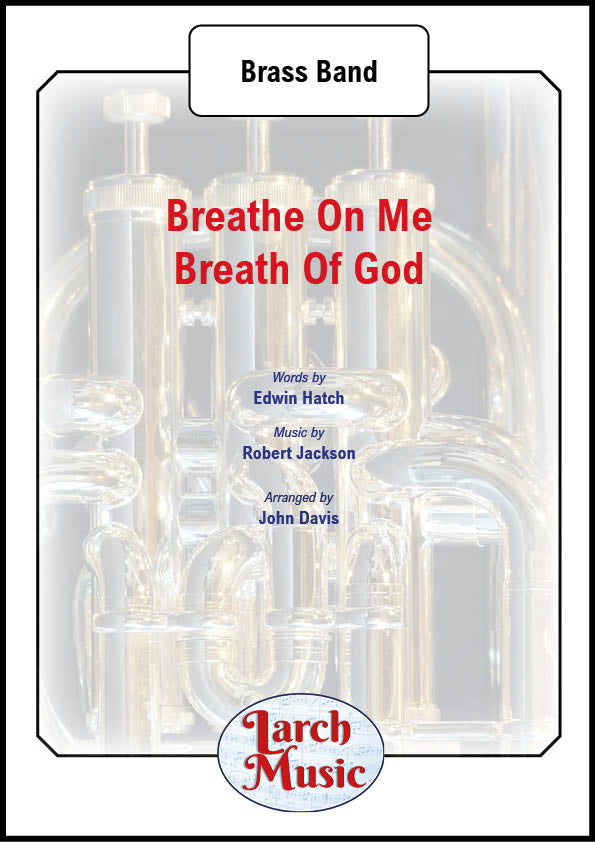 £25.00
£25.00Breathe On Me Breath of God - Brass Band Sheet Music Full Score & Parts - LM942
COMPOSER: Edwin Hatch & Robert JacksonARRANGER: John DavisA delightful new arrangement of the classic Hymn TuneLM942 - ISMN : 9790570009428
In Stock: Estimated dispatch 3-5 working days
-
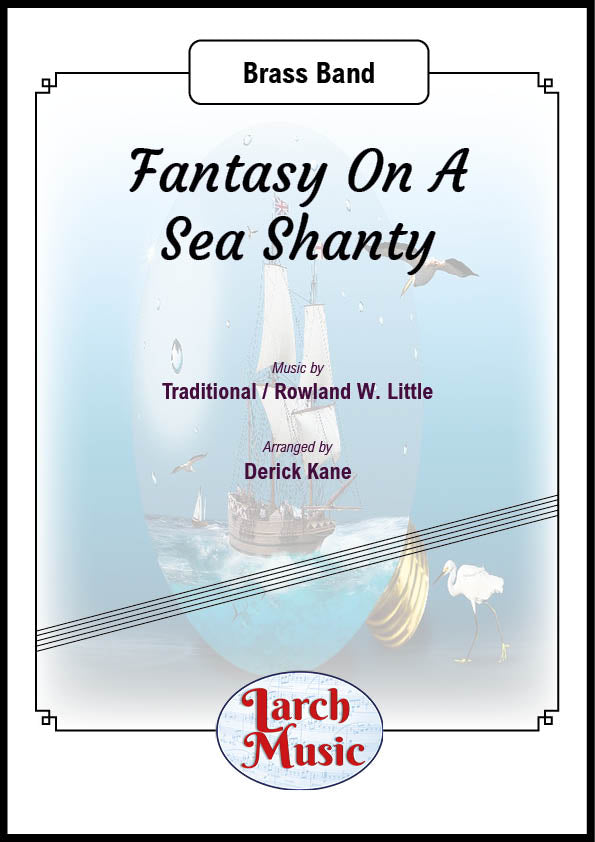 £25.00
£25.00Fantasy On A Sea Shanty (Traditional / Rowland W. Little arr. by Derick Kane) - Brass Band Full Score and Parts - LM487
COMPOSER: Traditional / Rowland W. LittleARRANGER: Derick KaneThe well-known 'drunken sailor' shanty is presentedin changing moods interspersed with other nautical referencesOne for your next concertLM487ISMN - 9790570004874
In Stock: Estimated dispatch 3-5 working days


